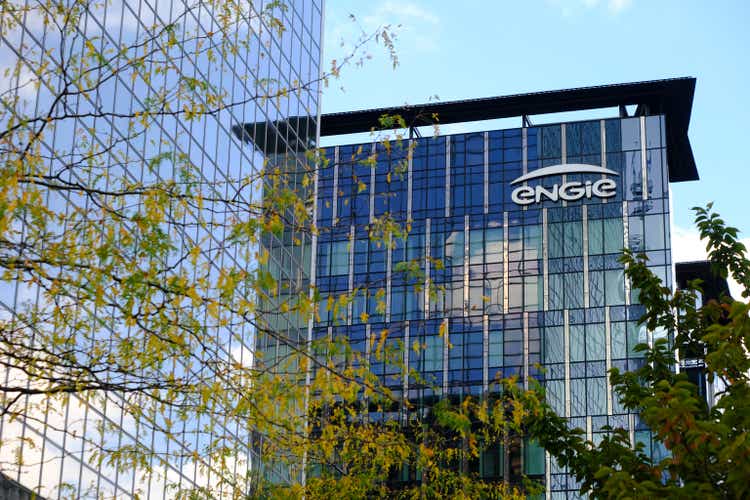
Alexandros Michailidis/iStock Editorial via Getty Images
Here at the Lab, we have already analyzed ENGIE (OTCPK:ENGIY) three times this year, providing an update in early August on the company’s half-year results. When we initiated our coverage, we could never imagine Russia’s invasion of Ukraine, and our main focus was on the company’s restructuring plan. Despite the macro challenges, a key development on ENGIE’s plan was the Equans disinvestment that was initially valued at around €3-4 billion; however, Bouygues just yesterday announced the total acquisition for a consideration of €6.1 billion, with a substantially higher profit for the France-based natural gas and electricity supplier.
Today, once again, our internal team is going back to comment on the European implication on gas prices and the latest ENGIE update. Indeed, the Nord Stream 1 collapse was another key milestone in the energy shock development. The EU Country members are meeting up in Prague to move forward and find a common solution to limit the increase in energy costs not only at the B2C level but also at the B2B level. Charles Michel, EU President Council, was very clear in his latest words confirming that wasting time is no longer an option. Of the same opinion is Ursula von der Leyen, EU Commission President, who has confirmed that the time has come to set a ceiling on the gas price through Russian gas pipelines. All with the aim of countering what, according to her, are the attempts of the Russian president to manipulate the European energy market. Von der Leyen hopes that a solution can be found in view of the EU leaders’ summit, planned for October 20-21.
What are we pricing in?
In our estimates, starting from the top-down consideration, we are forecasting a gas price cap of €110 per MWh in force until March 2023. The gap between the selling price to households and businesses and the market price would be reimbursed to energy operators by issuing EU public debt, as happened during the COVID-19 crisis. If this hypothesis is confirmed, it would be a cap on the price applied to the gas buyer and not just to Russia. Going to ENGIE’s implication, we are upgrading our internal estimates with a 2022 operating profit up by more than 30%, and a net income of €500 million above the high range of ENGIE’s outlook.
On the volume side, ENGIE just recently reassured the market that there should be no gas cuts this winter. The company has taken a number of very important measures to diversify France supplies. The CEO is relatively calm, adding also that there is already a minus 4-5% drop in gas consumption by French households. Indeed, all of our changes are driven by higher power prices and mainly thanks to ENGIE’s nuclear division. Mare Evidence Lab’s EBITDA for 2022 is at almost €13 billion, taking into account positive development in energy trading while deducting the Italian windfall tax and higher costs due to the Nuclear tax. Regarding 2023, we continue to model an unchanged energy price with a likely potential of more than 100% in earnings, assuming there won’t be any intervention from the government.
Going down to the P&L, if we consider ENGIE’s payout ratio set at 65-75%, we ended up with a dividend per share of approximately €1.1 per share (above the company’s floor estimated at €0.65 per share. With the current stock price, the company is yielding more than 9%.
Conclusion and Valuation
The Q3 results are expected on November 13 and could be a key catalyst as well as the Belgian nuclear extension negotiation expected to be finalized by 2022. EU intervention with the RePower Act is strong; however, here at the Lab, we continue to be prudent of political risks across the whole sector. Regarding the valuation, we should upgrade ENGIE’s valuation because the company is trading at a 7x 2023E P/E ratio and at a 6x 2023E EV/EBITDA level compared to its closest peers at 13x and 8.7x respectively. Nonetheless, there are too many assumptions in our analysis (both at the Macro and Micro level), so we prefer to maintain a neutral rating. Dividend investors with a long-term view are actually welcome.
Interesting implications are also emphasized in our recent article on Enagas.


Be the first to comment